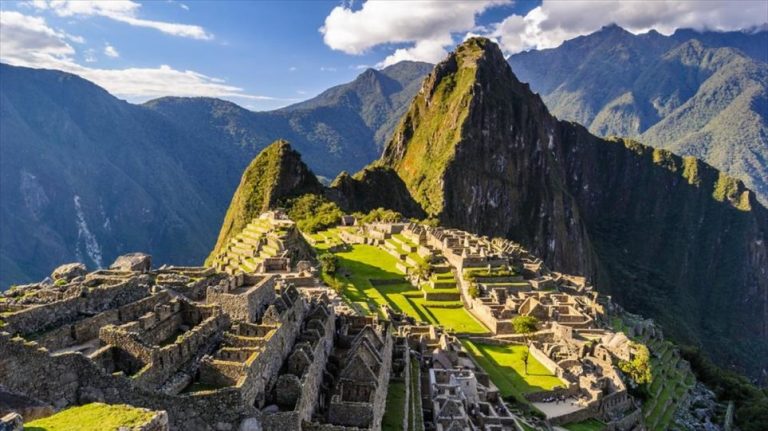A new scientific study of an ice core sample from Greenland has demonstrated how the Central-American Ilopango mega-eruption wiped out an entire Maya area, 1,590 years ago. Oxford University archaeologist and lead author of the new research paper, Dr Victoria Smith, told Ars Technica that her radiocarbon analysis confirmed El Salvador’s Ilopango mega-eruption occurred in 431 AD. She said the resulting ejection was “50 times bigger” than the May 18, 1980, Mount Saint Helens mega-eruption in southwestern Washington, USA, which was one of the greatest volcanic explosions ever recorded in the Americas.
The Ilopango mega-eruption cooled the entire planet
Today, Lake Ilopango is a crater lake situated about six miles (10 km) from modern-day San Salvador. The volcanic crater belongs to El Salvador’s volcanic arc of 20 active volcanoes, representing one of the most seismically active regions in Central America .
A 2019 paper featured in Science Magazine said the Ilopango mega-eruption caused an “18-month period of global cooling around 536 AD, marked by cloudy skies, crop failures and famines as far away as China”.
Five rare silver ancient Greek coins returned to Greece
However, Dr Smith’s new research established that this catastrophic eruption occurred more than a century earlier than previously thought. The Ilopango mega-eruption was successfully dated after ice core samples from Greenland were compared with samples of charred mahogany trees discovered in ash deposits around the volcano. This enabled the team of archaeologists to date the massive Ilopango volcanic explosion to the year 431 AD. Using 3D modelling, the researchers were able to estimate that the Ilopango mega-eruption plume rose some “28 miles into the upper atmosphere and that air currents carried it as far as Antarctica, more than 4,300 miles away.”
Read more: Ancient Origins
Ask me anything
Explore related questions





